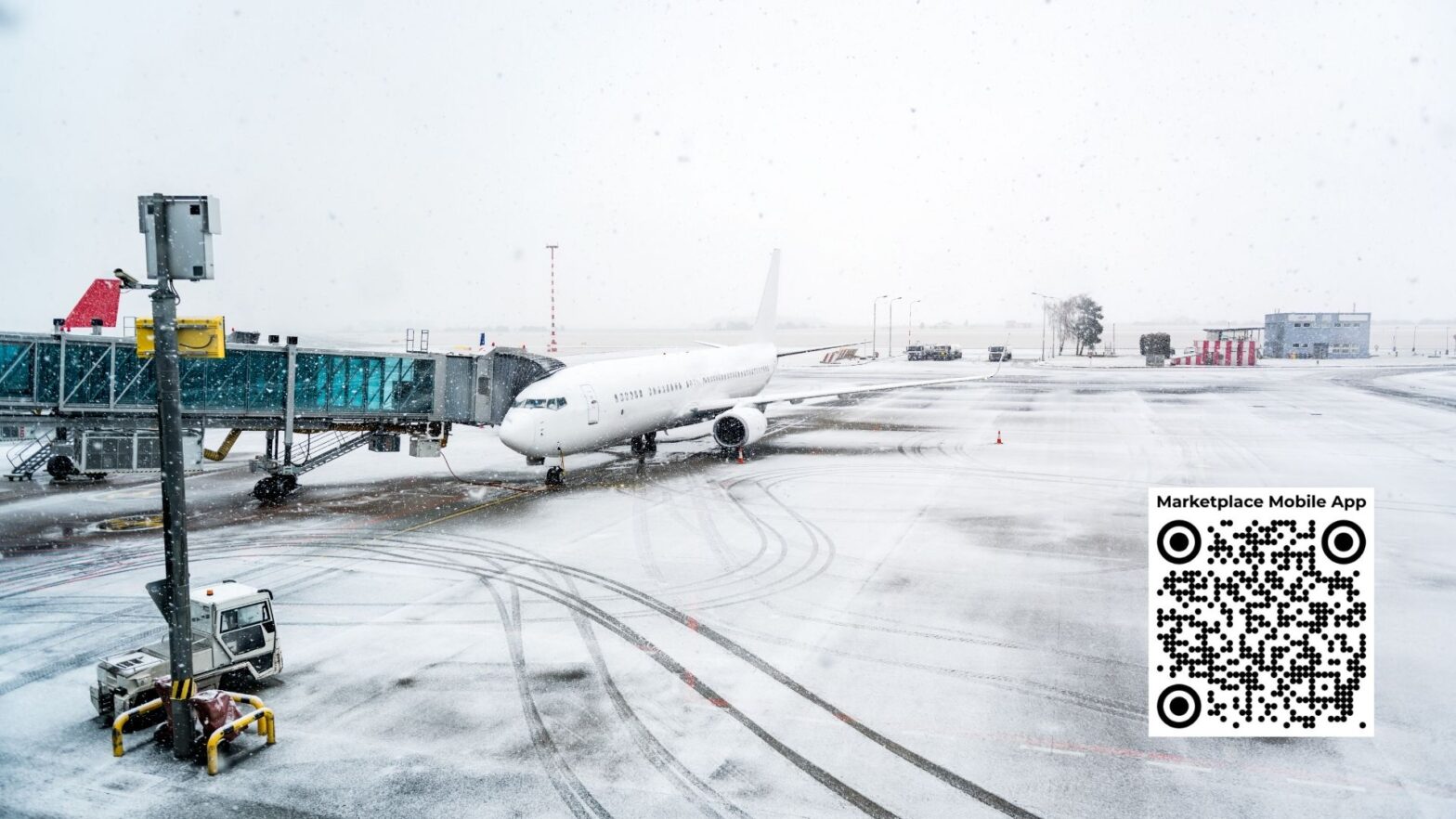Travel disruptions caused by storms affecting the UK are becoming more frequent. Storms used to be a seasonal phenomenon, with the majority arriving in the autumn and winter. Now they appear to happen at any time of year. Once-in-a-hundred-year events now seem to arrive every decade, or even more frequently. A storm warning is now a regular occurrence.
Increasingly, unpredictable weather patterns and a warming world mean that heavy rain and flooding are now much more frequent. The consequent damage to property and farmland is considerable, closely followed by the inconvenience to the travelling public. And if you have a holiday booked, getting to the airport during a storm can be stressful. However, with proper preparation, you can minimize delays and ensure your safety. Here’s how to plan ahead and journey in confidence when a storm warning is in place.
Stay informed, especially if there’s a storm warning,
Weather forecasts
Accurate and up-to-date information is your best ally when travelling during bad weather. The UK Met Office is a good resource for severe weather warnings and real-time updates. Use their app or website to monitor conditions in your area and along your travel route. Many readers will have their own favourite weather apps, and it’s always useful to compare two or three sources to build a comprehensive picture. A useful additional offering is The Weather Outlook, which provides detailed forecasts with explanations as to their accuracy.
Road conditions and closures
For road travel, many people’s go-to app will be Google Maps on Android phones, or Apple Maps for iPhones, plus whatever system their car Sat-Nav uses. However, there are additional services that can be of use, and which will help create a more detailed picture of potential trouble spots. These include, for England, National Highways (their Road Closure Report and Travel Alerts). Traffic Scotland, Traffic Wales and Traffic Watch Northern Ireland provide similar live traffic updates, road closures, and incident reports.
Taking the train?
Rail travellers should check National Rail Enquiries for real-time train service updates, including delays and cancellations. This is especially useful if there is a storm warning, as strong winds can damage infrastructure or cause fallen trees to blocks lines. Ticket booking apps, such as Trainline, will also show up-to-date timetables including cancellations or re-scheduling. Individual train operating companies and some social media platforms can provide localised information specific to your route.
Floods
For information about flooding or the risk of flooding, especially if there’s a storm warning, the Environment Agency’s flood information service is invaluable. It’s worth noting that they show two types of hazards: flood warnings (flooding is likely) and flood alerts (flooding is possible). You can find the same information using River Levels, so it’s quite straightforward to match your proposed route to the forecast conditions.
Plan Ahead and Stay Flexible
A well-thought-out travel plan is critical when storms or a storm warning threaten to disrupt your journey. Start by checking your airport’s official website for updates on flight statuses and terminal information. Flight cancellations or delays can impact your travel schedule significantly, so build flexibility into your itinerary.
Consider travel insurance that covers severe weather disruptions. Policies differ, so ensure yours includes protection against missed flights or cancellations due to adverse conditions. Ideally, travel insurance should be arranged a soon as the holiday is booked, so that pre-departure events can be covered, as well as those that happen on holiday. Being financially prepared can save significant stress in these situations.
If severe weather is forecast, consider leaving earlier than planned. Starting several hours—or even a day – before your flight may be necessary to reach the airport safely. For example, if road flooding is likely, you might need additional time to navigate detours or alternative routes.
Preparing for the Journey if there’s a storm warning
Whether travelling by road or rail, preparation is key to a safer journey.
- For Drivers in winter: keep your car winter-ready with essentials such as de-icer, an ice scraper, and warm clothing. Check your route using reliable navigation apps like Google Maps, Waze, or TomTom, all of which offer real-time traffic updates. Tune into traffic updates on your in-car radio. The AA and RAC also provide excellent advice for driving in difficult conditions.
- For Rail Passengers: ensure your mobile device is fully charged and download your rail operator’s app for live updates. Carry snacks, water, and a portable charger in case of significant delays.
Always have a backup plan. If your planned route becomes impassable, alternative routes or even staying overnight near the airport might be necessary. For instance, if snow disrupts major rail lines, local taxi services or nearby accommodations could offer practical solutions.
Prioritise Safety
No travel plan is worth risking your safety. If conditions are severe and warnings advise against non-essential travel, consider rescheduling your trip entirely. Airlines are often more flexible during extreme weather, offering re-bookings or refunds for affected passengers. In significant storms you’ll also want to check that your airport will be open at the time you expect to fly, and what you should do if it isn’t. Contact your airline directly to explore your options if you believe travel will be impractical or too dangerous.
Tips for a Stress-Free Journey when there’s a storm warning
- Monitor Weather Alerts: use the Met Office and other trusted sources for accurate updates.
- Use Reliable Apps: navigation tools like Waze and rail apps keep you informed of disruptions.
- Allow Extra Time: plan to start your journey early to account for unforeseen delays.
- Pack Smart: carry essentials such as water, snacks, and chargers to manage delays comfortably.
- Prioritise Safety: be prepared to postpone your trip rather than travel in dangerous conditions.
By preparing thoroughly and staying informed, you can ensure a smoother, safer journey to the airport, even during the worst storms. As is usually the case, some undramatic preparation is the key to a well-earned and enjoyable holiday.
By Declan Morton, writer and editor at Essiell Ltd and Money4Travel.
More about the author.



